Take a Dip in the Internet’s Hot Tub Time Machine
On this World Wide Web Day, we highlight an important (and free) resource to use during an investigation - the Internet Archive’s Wayback Machine, a searchable repository of archived webpages dating to the mid-1990s owned and operated by a nonprofit. The Internet Archive reports that it currently has 835 billion webpages (as well as millions of books, audio recordings, videos, images and software programs).
There are countless ways the Wayback Machine can support an investigation and we utilize the tool in at least some capacity for nearly every project. The most common reasons we consult archived versions of websites is to verify a subject’s professional history (and identify, in some cases, unreported affiliations), observe how a company’s purpose and operations has changed over the years, identify former employees for source work and in general to get a sense of what information was disclosed on a company’s website in previous years. You can even use it to sometimes find a subject’s archived tweets. Using the Wayback Machine during an asset search, I was once able to find a recent PowerPoint presentation previously posted on a private company’s website which was geared toward attracting potential investors. The presentation had been removed from the website by the time our client obtained a significant judgment against the company’s owner and CEO. The slides included financials for the business so its existence was helpful for our client in determining what the subject’s business claimed to be worth.
You can also tell a lot about a business from its website captures. If you search 221B Partners’ website in the Wayback Machine, you can pretty quickly tell the company started ramping up around 2021 (but you’ll also see a single capture of the URL from 2011 - when the website was apparently utilized by a different firm). If you were researching our firm, you could view captures of our ‘Who We Are’ page to see how our team has grown over recent years. In certain cases, you also may want to use the tool to view recent versions of a company’s website without actually visiting the website from your own IP address. Separately, if you don’t know the target’s URL, you can search for a domain name using the company’s name.
If you need to preserve a specific page or pages of a website that the Wayback Machine hasn’t yet captured, you can enter the URL into the “Save Page Now” tool on the site’s homepage and it will document the page as it exists at that point in time as long as the site allows crawlers. Handy if you need to preserve a webpage but do not have dedicated software for that purpose.
While writing this blog post, I visited the early websites of various mainstream companies and found some fun tidbits:
Airbnb was formerly called AirBed & Breakfast, described as “an online marketplace for peer-to-peer traveling” for “nice folks, folks like you.”
In Uber’s early days, you could text the company your address to request a ride.
Six years ago, TikTok was “a cool community of original music video makers” and Instagram started as merely “a fast, beautiful and fun way to share your life with friends through a series of pictures.”
Venmo was founded in 2009 by two friends “to help settle their IOU’s in a safe, fun and more convenient way” and WhatsApp was started to “answer the What’s up question before you place a call.”
These are just a few ways we regularly use the Wayback Machine but we encourage you to play around with the tool because it offers so much more, including seeing what subdomains exist/existed for a website’s prefix as well as using the Internet Archive’s Advanced Search option (where we often find old yearbooks confirming a subject’s education credentials).
